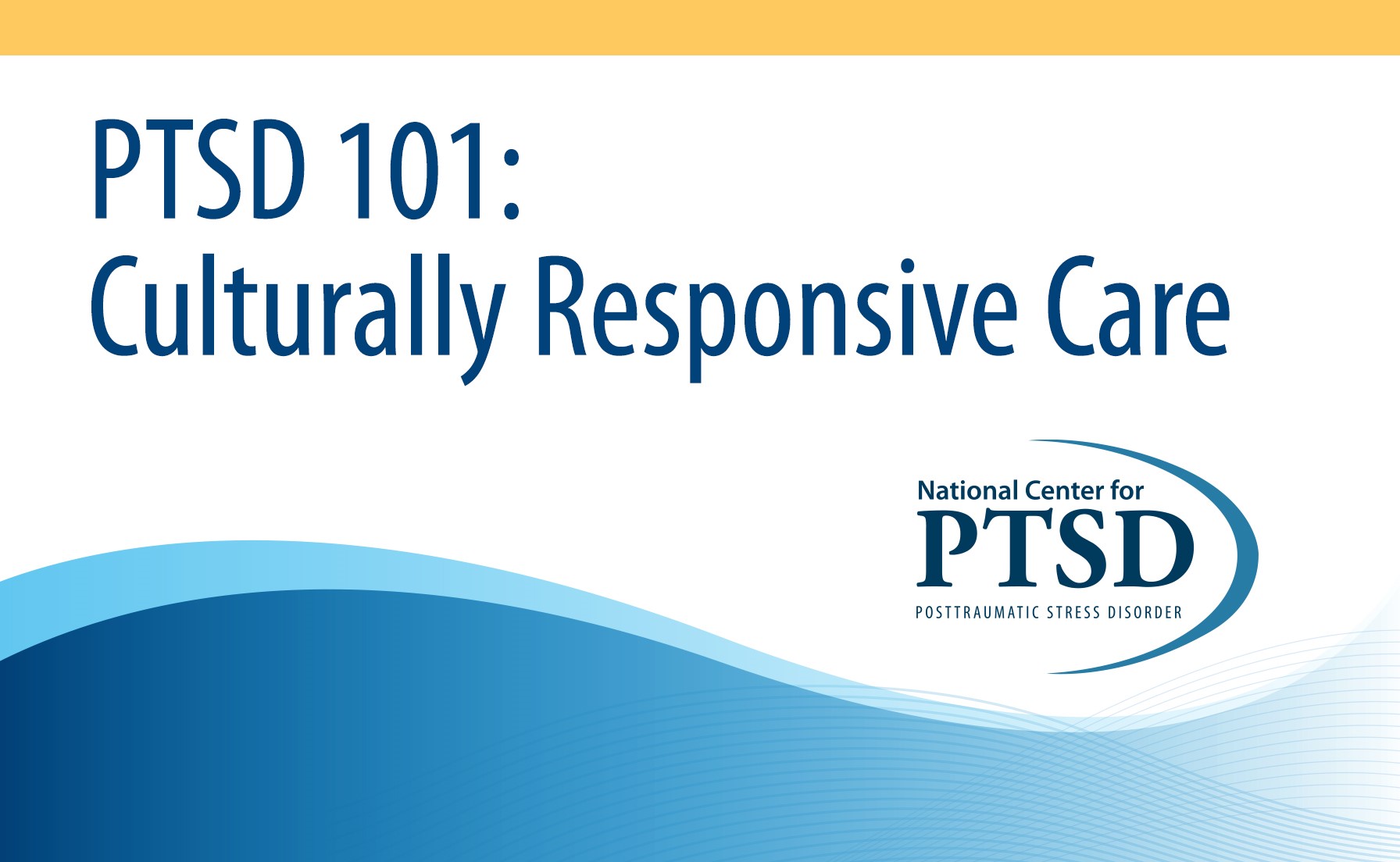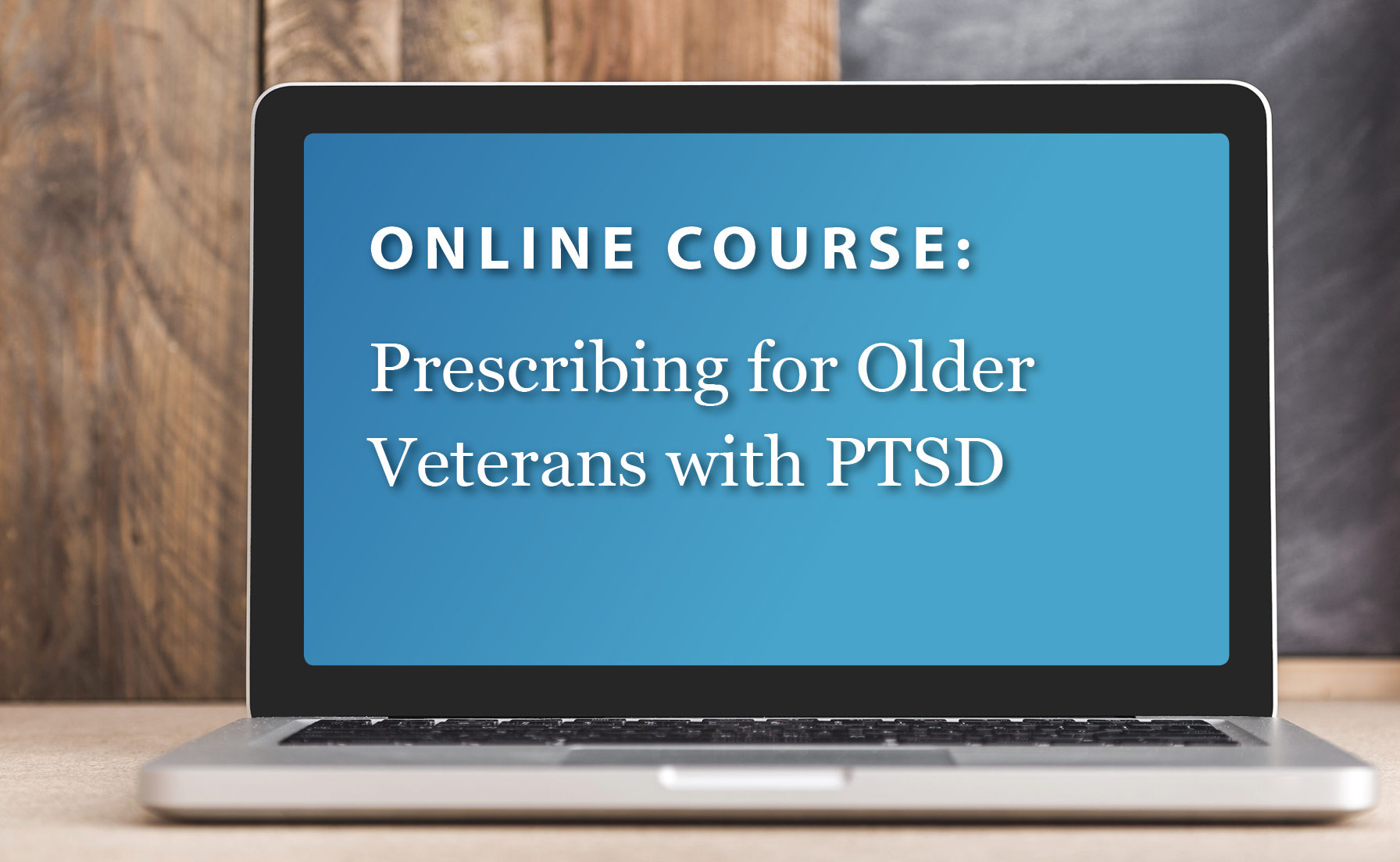PTSD: National Center for PTSD
Mental Health Aspects of Prolonged Combat Stress in Civilians
Mental Health Aspects of Prolonged Combat Stress in Civilians
Following the events of September 11 (th), America braced itself for a war against terrorism. Americans have been told by the government on several occasions to be on alert for future attacks and have experienced widespread fear from unknown sources of Anthrax. Several weeks after the terrorist attack, America went to war against Afghanistan. With the onset of the war came the fear of retaliation. These events are different from single-incident disasters because Americans report ongoing fear.
What Types of Traumatic Events Do Civilians Experience During War?
Typically when we think about being exposed to traumatic events during a war, we think about what soldiers experience (e.g., being fired upon, becoming a prisoner of war, sustaining an injury, or witnessing serious injury or death). However, civilians who are not directly involved in the war effort are also frequently confronted with war-related stressors. Some typical civilian stressors include life threat; being bombed, shot at, threatened, or displaced; being confined to one's home; losing a loved one or family member; suffering from financial hardships; and having restricted access to resources such as food, water, and other supplies. Particularly horrific stressors experienced by some civilians during war include torture, beatings, rape, forced labor, witnessing sexual abuse of or violence toward a family member, and mock execution.
In This Article
What Are the Effects of War-Zone Stressors on Civilians?
Most of the research on the effects of war on civilians has been conducted on refugee samples and people who were displaced as a result of war. Compared to other war-exposed civilians, these individuals' experiences may be more traumatic not only because of the situations that led to their exile but also because of stressors experienced in refugee camps and during the process of resettlement. In general, refugees exhibit high rates of PTSD and depression as well as other psychiatric problems, particularly if they were tortured (1). For example, in a survey of Bosnians from a refugee camp in Croatia who experienced on average more than six traumatic events, approximately one third had depression and one quarter had PTSD. Twenty percent met criteria for both disorders. Refugees with both depression and PTSD were five times more likely to report being physically disabled than refugees with no psychiatric symptoms (2).
PTSD and other problems are prevalent in nonrefugee samples as well. An article in a 2001 issue of the Journal of the American Medical Association reported on PTSD in survivors of war or mass violence in four low-income countries (3). Rates of PTSD were 37.4% in Algeria, 28.4% in Cambodia, 17.8% in Gaza, and 15.8% in Ethiopia. These rates are considerably higher than the U.S. rate of 8% (4). One suggested explanation for the significantly higher rate in Algeria is that the terrorist attacks were still ongoing when PTSD was assessed. Overall, several risk factors for PTSD were identified, including torture and the experience of trauma after the age of 12.
Results from studies of refugees and impoverished countries may be difficult to generalize to Western cultures. However, findings from more industrialized settings such as Israel and Beirut may be more relevant to American civilians. Studies from the Gulf War suggest that, during the early weeks of the war, there was a marked rise in stress for people of all ages. However, the stress level dropped off within a few weeks (5). For example, data were collected on all casualties that arrived in the emergency departments of 12 local hospitals after actual missile attacks and false alarms. Almost 75% of admissions were for stress reactions or unjustified atropine injections. The highest number of psychological casualties occurred during the first two missile attacks, after which the numbers declined (6). Another study found that while approximately half of the participants in a study sample reported sleep problems during the war, there was significant improvement 30 days after the war ended (7). Similar results were found in a study following the 1982 Lebanon-Israel war. Almost 12,000 Israelis (civilians?) were interviewed regarding their mood on eleven different occasions between 1979 and 1984. Outbreak of war coincided with an increase in depression. Incidence of depressed moods peaked at the time of the Palestinian massacre at the refugee camps, and then it dropped below baseline even though conflict continued. Thus, many civilians respond to prolonged war with various stress symptoms, but as time passes people seem to recover and stress levels return to normal.
What Are the Long-Term Effects for Civilians Exposed to War Stress?
Although most civilians who are exposed to war stress will not develop long-term mental-health problems, some will, particularly if they have been exposed to severe stressors. Much research on this topic has been conducted with Holocaust survivors. In a study of 124 Jewish Holocaust survivors, 46% met criteria for PTSD. In a community sample of Israelis age 75 and older, 27% of male and 18% of female Holocaust survivors met criteria for PTSD as compared to 4% percent of males and 8% of females who did not experience the Holocaust (8). These statistics make it clear that PTSD symptoms will persist throughout Holocaust survivors' lifetimes. Similarly, data from a long-term follow-up study of civilians in Holland 50 years after World War II indicate that 4% of the population exposed to a war related event have PTSD. Only 1.5% of nonexposed individuals in this same category have PTSD (9).
Is Exposure to War Stressors Associated with Physical Health Problems in Civilians?
There is accumulating evidence that PTSD is associated with long-term physical health problems. In terms of research on civilians exposed to war, there is evidence from an epidemiological study of civilians in Beirut that exposure to war events is associated with higher mortality rates. Men exposed to five or more traumas were more than twice as likely to die sooner than non-exposed men while women exposed to five or more traumas were almost three and a half times as likely to die earlier than non-exposed women (10). In a previous study on heart disease and wartime stressors, it was found that people with heart disease were five times more likely to have crossed the "green-line" (demarcation lines that divide the capital of Beirut into two sectors and separate the belligerent parties) than patients without heart disease. This suggests that there is a relationship between heart disease and wartime stress (11). There is also evidence that war may affect the immune system, as evidenced by a sample of displaced women from Croatia who had altered psychological, hormonal, and immunological activity (12).
How Do Children Respond to Prolonged Stress?
Most research on the effects of prolonged stress on civilians has been carried out on adult samples. The literature suggests that children are also affected but that the majority will not suffer from long-term consequences. For example, following the period of SCUD missile attacks in Israel during the Gulf War, children ages 10-15 were asked to describe what they thought life would be like for children their age next year. Their dominant perception was positive (73%), although children who reported greater postwar reactions held more pessimistic views (13). Several months after the war, children ages 10-15 reported that they were more concerned about traffic accidents, relations with friends, and their studies than about missile attacks (14). A one-year follow-up of children showed that high school students from high-risk areas reported no war symptoms except sensitivity to loud noises, which was reported by about one out of five children (15). As is the case with adults, children living in refugee camps experienced more psychological problems than nonrefugee children (16).
Conclusion
This review provides a description of how civilians respond to prolonged stress. The hope is that this information might help clinicians predict how U.S. and other civilians may be affected by ongoing war. However, there does not exist a sufficient body of research regarding events that resemble the present situation. Therefore, in addition to research on the Gulf War, research on refugees and low-income countries was reviewed. The literature on children was reviewed separately.
Overall, although many civilians may be affected in the short run, it is expected that in the long-term most people will not be severely affected. Studies of both children and adults following the Gulf War indicate that stress levels returned to normal shortly after the end of the war. A consistent finding is that people who experience more extreme stress will display more severe symptoms than those who experience less intense exposure or only a threat of violence. Therefore, civilians who directly experience or witness terrorist attacks, or who had a close friend or family member killed, will likely exhibit more extreme stress responses. And, for this subset of civilians, their reactions may be intense and long lasting.
References
- de Jong, J., Scholte, W., Koeter, M., & Hart, A. (2000). The prevalence of mental health problems in Rwandan and Burundese refugee camps. Acta Psychiatrica Scandinavica, 102, 171-177.
- Mollica, R., McInnes, K., Sarajlic, N., Lavelle, J., Sarajlic, I., & Massagli, M. (1999). Disability associated with psychiatric comorbidity and health status in Bosnian refugees living in Croatia. Journal of the American Medical Association, 282, 433-439.
- de Jong, J., Komproe, I., Van Ommeren, M., El Masri, M., Araya, M., Khaled, N., van de Put, W., & Somasundarum, D. (2001). Lifetime events and posttraumatic stress disorder in 4 postconflict settings. Journal of the American Medical Association, 286, 555-562.
- Kessler, R., Sonnega, A., Bromet, E., & Nelson, C (1995). Posttraumatic stress disorder in the National Comorbidity Study . Archives of General Psychiatry, 52, 1048-1060.
- Milgram, N. (1994). Stress and coping in Israel during the Persian Gulf War. Journal of Social Issues, 49, 103-123.
- Bleich, A., Dycian, A., Koslowsky, M., Solomon, Z., & Weiner, M. (1992). Psychiatric implications of missile attacks on a civilian population. Journal of the American Medical Association, 268, 613-615.
- Askenasy, J. & Lewin, I. (1996). The impact of missile warfare on self-reported sleep quality. Part 1. Sleep, 19, 47-51.
- Landau, R. & Litwin, H. (2000). The effects of extreme early stress in very old age. Journal of Traumatic Stress, 13, 473-487.
- Bramsen, I. & van der Ploeg, H. (1999). Fifty years later: The long term psychological adjustment of ageing World War II survivors.Acta Psychiatrica Scandinavica, 100, 350-358.
- Sibai, A., Fletcher, A., & Armenian, H. (2001). Variations in the impact of long-term wartime stressors on mortality among the middle aged and older population in Beirut, Lebanon, 1983-1993. American Journal of Epidemiology, 154, 128-137.
- Sibai, A., Armenian, H., & Alam, S. (1989). Wartime determinants of arteriographically confirmed coronary artery disease in Beirut. American Journal of Epidemiology, 130, 623-631.
- Sabioncello, A., Kocijan-Hercigonja, D., Rabatic, S., Tomasic, J., Jeren, T., Matijevic, L., Rijavec, M., & Dekaris, D. (2000). Immune, endocrine, and psychological responses in civilians displaced by war. Psychosomatic Medicine, 62, 502-508.
- Schwarzwald, J., Weisenberg, M., Soloman, Z., & Waysman, M. (1997). What will the future bring? Thoughts of children after missile bombardment. Anxiety, Stress, and Coping, 10, 257-267.
- Greenbaum, C., Erlich, C., & Toubiana, Y. (1993). Settler children and the Gulf War. In N.A. Fox & L.A. Leavitt (Eds.), The psychological effects of war and violence on children (pp. 109-130). Hillsdale, NJ: Erlbaum.
- Klingman, A. (1995). Israeli children's responses to the stress of the Gulf War. School Psychology International, 16, 303-313.
- Paardekooper, B., de Jong, J., & Herman, J. (1999). The psychological impact of war and the refugee situation on South Sudanese children in refugee camps in Northern Uganda: An exploratory study. Journal of Child Psychology and Psychiatry, 40, 529-536.
You May Also Be Interested In

PTSD 101: Culturally Responsive Care
Understand and develop the components of a culturally responsive case formulation.

PTSD 101: Prescribing for Older Veterans with PTSD
Learn best practices for pharmacological treatment for older Veterans with PTSD.
























